The Woodcock Network

Patron ~ The Duke of Northumberland, DL, MRICS
Scientific Advisor ~ Dr Andrew Hoodless, Game & Wildlife Conservation Trust
Veterinary Advisor ~ John Chitty, BVetMed, CertZooMed, CBiol, MIBiol, MRCVS
Veterinary Advisor ~ Chris Davis, BVM&S, MRCVS
Director ~ Owen Williams
Ageing Guide
It is important not to rely upon just one of the following checks to age Woodcock as differences may not be altogether clear and confirmation using the other checks is advised.
In general adult birds tend to have clearer markings with stronger tonal variation between barring and the background colour.
Primary tip wear
Juvenile
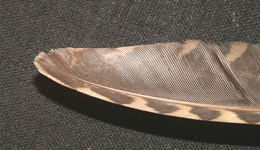
Shows wear on the tips of the outer four primaries. This is because juveniles have not yet moulted the feathers with which they fledged have been abraded whilst learning to fly.
Adult
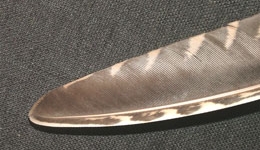
Shows very little wear on the tips of the outer four primaries. This is due to wintering adults having recently moulted, thus displaying new feathers. Later in the winter some wear can be observed.
Inner primary profile
Juvenile
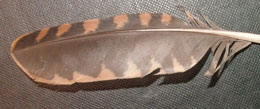
The tips of the inner three primary feathers in juveniles have a rounded profile.
Adult
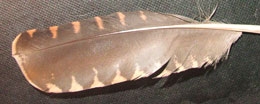
The tips of the inner three primary feathers in adults have a flat profile with a slight notched appearance between the inner and outer webs of the feather.
Primary covert profile and tip colour
Juvenile
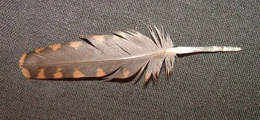
The tips of the primary coverts on the wing on a juvenile have a rounded profile and is the same tone as the rest of the red in the feather.
Adult
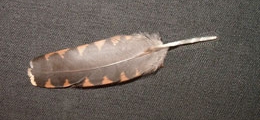
The tips of the primary coverts on the wing of an adult have a flattened profile with a pale tip.
Alula profile
Juvenile
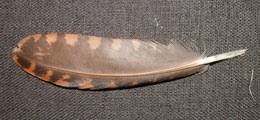
The profile of the alula tip on a juvenile wing is rounded.
Adult
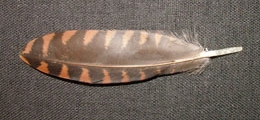
The profile of the alula tip on an adult wing is pointed.
Underwing primary covert profile
Juvenile
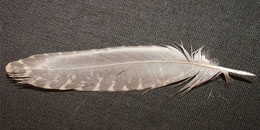
The tips of the underwing coverts on a juvenile have a pointed profile.
Adult
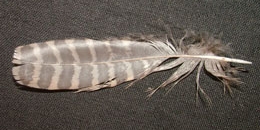
The tips of the underwing coverts on an adult have a flattened profile. It is possible to see a mixture of adult and juvenile underwing coverts as juveniles mature into adulthood.
All content and images © 2009-2015 Owen Williams and The Woodcock Network Ltd - charitable registered company No. 7289034